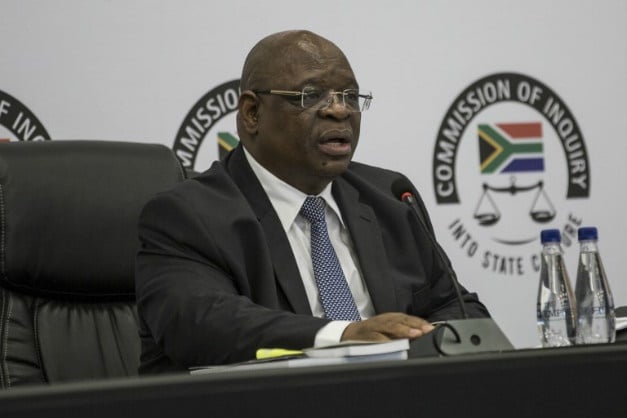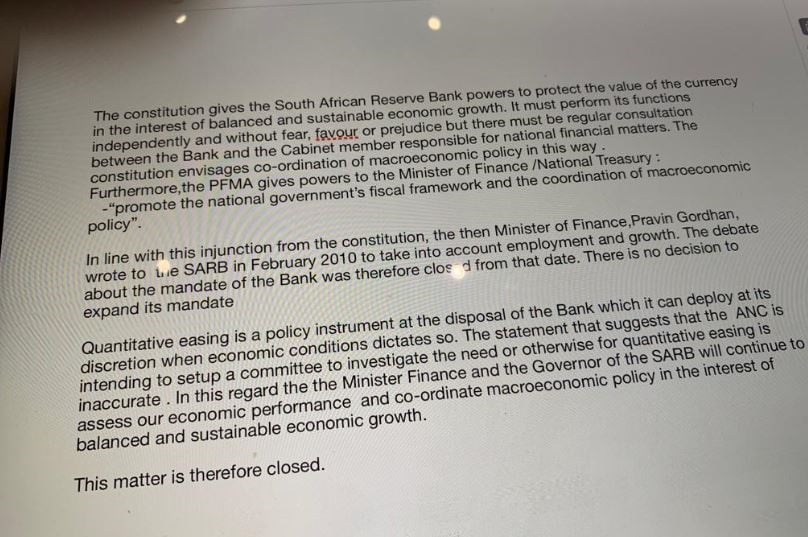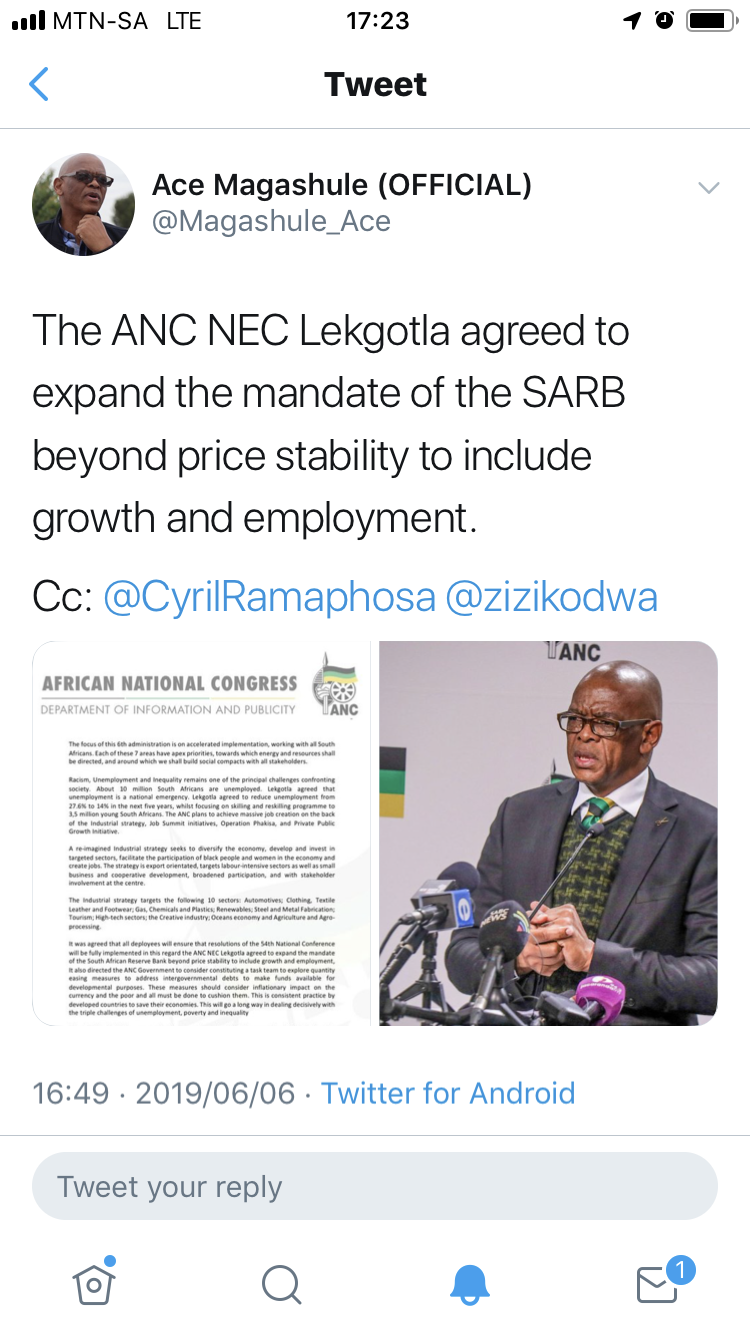
Experts warn that the good rainfall in early June does not mean that the rainfall in the rest of winter will be good – or even average – and have urged that water restrictions remain in place.
This comes after rainfall for April and May in the catchment areas of Cape Town’s two biggest storage dams, Theewaterskloof and the Berg River dam, was well below average.
Nicky Allsopp of the SA Environmental Observation Network (Saeon) said rainfall recorded in the first week of June at the Dwarsberg station in Jonkershoek was 120mm.
“But one good week doesn’t mean a good month. The long-term June average for this station is 500mm, so if we get the same amount of rain as we did in the first week of June in each of the remaining weeks, we will have what we need. But there is no guarantee that we will get that,” Allsopp said.
“This year we got excellent rain at this station in the first week of May, which measured 150mm, but then there was almost nothing for the rest of May. April and May rainfall was definitely below par.”
The Dwarsberg station in Jonkershoek is in the same catchment area of both the Theewaterskloof and Berg River dams. When full, these two dams hold around 67% of the total water in the six dams that make up the Western Cape Water Supply System.
“We’ve also had very low recordings of stream flow in this area of the catchment, below the long-term average. It’s too early to say yet that we’re going to have another low-rainfall year altogether. In the longer term it’s also too early to say whether we’ve entered a new ‘lower’ rainfall regime – but we certainly should be exercising caution.”
The combined dam level was 48% of storage capacity on Monday, up from 46.4% last Monday. The level was 31.4% this week in 2018.
But despite the good rain last week – or perhaps because of it – Capetonians have dropped their water consumption by 12.4% since last week, from 597 million litres a day on June 3 to 523 million litres a day on June 10. This is the lowest water consumption in the city since the introduction of level three water restrictions in December.
Environmentalist Patrick Dowling from Kommetjie agreed that level three water restrictions ought to remain in place.
“The water restrictions have already been relaxed and there has been no outcry from civil society about staying at level three. Some doubters may say this was a one in 300-year drought but other people will say it is part of a climate change pattern. In this learning period, a precautionary approach should continue. We definitely must not go too ‘bos’ with water at this stage,” Dowling said.
Dowling said that desalination and groundwater extraction both bring their own set of challenges, and thus restrictions are still a proactive step.
Dowling wrote in February 2018 that there were some good things about Cape Town’s water crisis: One was a heightened public awareness of the reality of the effect of climate change, and another was the “rapid water literacy” across society.
“People are interested, and it’s important to know that 25 litres weighs 25kg or where it goes if you flush it or what a catchment is and what happens in it,” he wrote at the time.
The average dam level in the Western Cape has increased to 34.9%, still low but higher than the 25.9% it was this time last year.
And in drought-stricken Beaufort West the Gamka Dam, which has been empty for two years, is now 45% full.
Anton Bredell, MEC for Local Government, said while that was good news, the drought was still a major concern for agriculture in the region.
“Many farms in the area have not received any rain yet.”
He said his department was involved in augmentation projects to provide more permanent solutions to the drought-stricken areas of the Karoo.
One was the rehabilitation of the Soutkloof spring in Laingsburg, and another was to find another aquifer to exploit south-west of Beaufort West.



